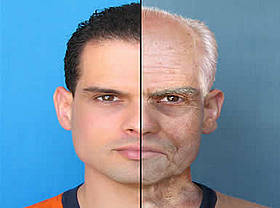It is not uncommon for a California employer to justify its termination of the disabled worker and it’s failure to engage in interactive process to find reasonable accommodations as require by law under the Fair Employment and Housing Act, by arguing that because the didn’t owe the duty to engage in interactive process because the terminated employee never requested it.
The California courts, however, routinely disagree with that argument by employers. Thus, the second district rejected such an argument by an employer, United Air Lines, where the company suggested that a disabled employee must first come forward and request a specific accommodation before the employer has a duty to investigate such an accommodation. The court reminded the employer that the law does not require the worker to speak any magic words before the disabled employee is subject to its protections. Of course, as the court continued to explain, the employee can’t expect the employer to read his mind and know he secretly wanted a particular accommodation and sue the employer for not providing it. The employer is also normally not liable for failing to accommodate a disability of which he had no knowledge. Finally, an employer has no duty to accommodate an employee who denies having a disability or denies a need for accommodation. Prillman v. United Air Lines, Inc. (1997).
However, the employer is likely to have the duty to engage in interactive process with a worker who the employer knows is disabled or who the employer perceives to be disabled.





 It is unclear what weight, if any, should be give to how long a condition lasts in determining its disabling effect as the relevant statute Cal. Gov. Code section 12926.1(c) is noticeable silent on that issue. Thus, one way to interpret the law is to treat the duration of the condition as only mildly relevant in simply showing whether how serious the condition is, as one might argue that part of being “serious” is having a lasting effect on a personal physical or mental health.
It is unclear what weight, if any, should be give to how long a condition lasts in determining its disabling effect as the relevant statute Cal. Gov. Code section 12926.1(c) is noticeable silent on that issue. Thus, one way to interpret the law is to treat the duration of the condition as only mildly relevant in simply showing whether how serious the condition is, as one might argue that part of being “serious” is having a lasting effect on a personal physical or mental health.